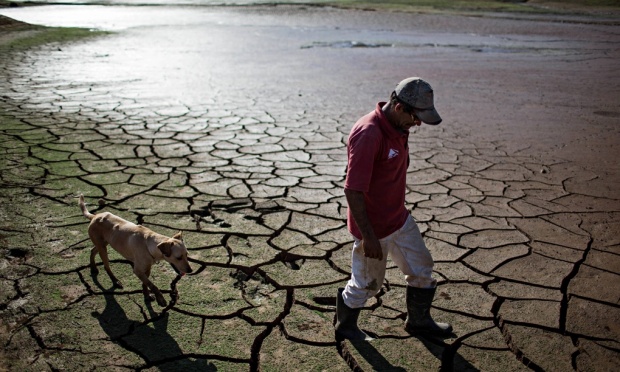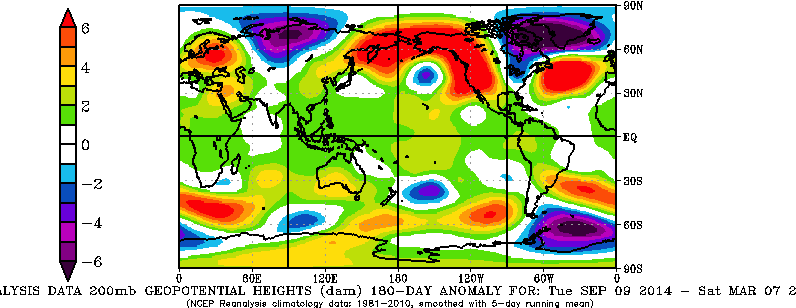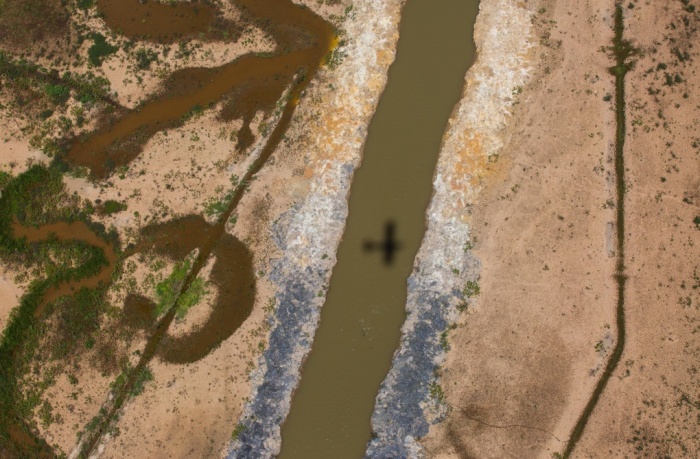Home » Posts tagged 'South America'
Tag Archives: South America
Drought in São Paulo: Causes and Effects
By Julia Rothchild
About a year ago in the Bolivian Amazon, floodwaters washed away the homes and property of 150,000 people. But right now, just 1500 miles away, inhabitants of São Paulo are experiencing the worst drought in decades. Last week, residents drilled through their own basement floors, hoping to find groundwater available for drinking. The city’s main water utility has lowered the water pressure in pipes so that people use less.


The causes of these two recent South American weather extremes may be connected. Some meteorologists have argued that the flood and the drought could be explained by a meteorological phenomenon in which the usual migration of high- and low-pressure systems is disrupted. This is called “atmospheric blocking,” and usually happens when a high-pressure system stops moving across the globe and hovers in the mid-latitudes. Because it is stuck in one place, the system blocks the normal travel of weather systems from west to east.
The floods may have been caused when winds, forced to rotate around a stationary system, brought moisture-laden air into the Bolivian Amazon. The same process may have led to the drought in São Paulo, as winds carrying precipitation haven’t been able to reach the area. That means there’s almost no water in the air over that part of Brazil, and therefore little rain.
The map below shows how much atmospheric pressure has deviated from the norm over the past six months. The culprit – a high-pressure area shaded in red – hovers just southeast of Brazil. This “block” of air drives normal wind patterns into a meteorological traffic jam, in which some air becomes stuck where it shouldn’t be. Wind flowing counter-clockwise skirts around the edges of this high, and brings dry air from outside the tropics into South America.

(As an aside, it is interesting to note that the dark purple shading over northeastern Canada indicates that there is a low-pressure system there. The very cold winter in the eastern U.S. this year is associated with this northern hemisphere low. Air flows counter-clockwise around this area, bringing cold arctic air into central and eastern North America.)
Scientists attribute the recent Bolivian flood and Brazilian drought to a single event of atmospheric blocking, as opposed to the wider trend of man-made climate change. But some think that what is considered an anomaly now could become commonplace if the world’s temperatures keep rising.
The current São Paulo drought is ravaging the city. Nine million people rely on the Cantareira reservoir system, which is currently only 5% full. Another three million usually receive water from the Alto Tietê reservoir network, which is less than 15% full. The government has proposed rationing water, so that every week residents of São Paulo have two days with water and five days without.

Inhabitants of São Paulo have responded to governmental water restrictions by hoarding the water they can find in containers. These buckets and watering cans are often left open outside, and as such, they have become ideal places for mosquitoes to breed. In a seemingly paradoxical twist, the drought has created a haven for mosquitoes that thrive in wet conditions.
This is a huge problem because many mosquitoes in the region carry dengue fever, which causes high fever and muscle convulsions. The incidence of disease is up 163% from last year. In some parts of the São Paulo state, the figure is worse, and officials are calling this an epidemic.
The Brazilian water crisis is a result of uncontrollable weather patterns, but is exacerbated by a failure of resource management. Environmental advocates have attempted to put an end to practices that pollute areas of water production. But according to some, the Brazilian government heavily supports efforts to expand exports of soya, beef, and pig iron and focuses less on environmental issues. These industries are the cause of much of the deforestation and greenhouse gas emission in the country, which may lead to even worse droughts in the future.